Transitioning your feline friend to a new litter box setup can be a daunting task, but with the right approach, it can be a smooth and successful experience. Cats are creatures of habit, and any change in their environment can lead to stress or anxiety. Understanding your cat’s needs and preferences is crucial in ensuring the transition is seamless. This guide will walk you through 20 effective strategies to help your cat adjust to a new litter box setup, ensuring both you and your furry companion are content.
Understand Your Cat’s Preferences
Cats are known for being picky, especially when it comes to their litter boxes. Before making any changes, observe your cat’s current habits. Does your cat prefer covered or uncovered boxes? What type of litter do they enjoy? By identifying these preferences, you can choose a new setup that aligns with your cat’s likes, making the transition easier. Remember, the more familiar the new setup is, the less likely your cat will resist the change.
Choose the Right Location
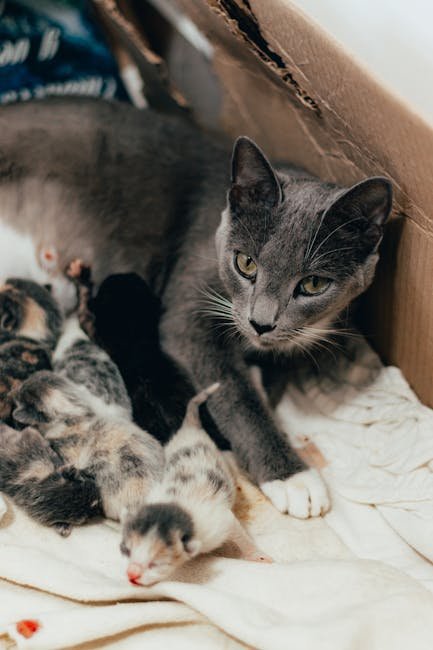
The location of the litter box can significantly impact your cat’s willingness to use it. Cats prefer quiet, private places where they won’t be disturbed. Avoid placing the litter box near loud appliances or in high-traffic areas. A bathroom corner or a secluded spot in a laundry room can be ideal. Just like humans, cats appreciate a little solitude when doing their business.
Test Different Types of Litter

Not all litters are created equal, and your cat might have a strong preference for one over another. Some cats prefer clumping litter, while others might like the feel of crystal or natural litters. Consider testing small amounts of different types to see which one your cat gravitates towards. Introducing a new litter gradually can also help prevent any litter box aversion.
Gradual Introduction to the New Setup

Cats are sensitive to sudden changes. To avoid overwhelming your feline friend, introduce the new litter box setup gradually. Start by placing the new box next to the old one, allowing your cat to explore it at their own pace. Once they start using the new box occasionally, you can slowly phase out the old one. Patience is key here, as forcing the change can lead to litter box avoidance.
Maintain Cleanliness
A clean litter box is essential for encouraging your cat to use it. Cats have a keen sense of smell, and any unpleasant odors can deter them from using their box. Scoop the litter daily, and perform a complete change at least once a week. Additionally, wash the litter box with mild soap and water regularly to keep it fresh. A clean environment will make the new setup more appealing to your cat.
Provide Positive Reinforcement

Positive reinforcement can be a powerful tool in helping your cat adjust to the new setup. Whenever your cat uses the new litter box, reward them with a treat or gentle praise. This will create a positive association with the new box and encourage them to continue using it. Cats respond well to positive feedback, and this approach can significantly speed up the transition process.
Monitor Your Cat’s Behavior
During the transition period, keep a close eye on your cat’s behavior. Look for signs of stress or anxiety, such as excessive grooming, hiding, or vocalizing. If you notice any concerning behaviors, it may indicate that your cat is struggling with the change. In such cases, consider consulting with a veterinarian or a cat behaviorist for additional guidance and support.
Consider the Size and Accessibility
Ensure that the new litter box is the right size for your cat. A box that’s too small can be uncomfortable, while one that’s too large might feel intimidating. Additionally, consider the accessibility of the box. Cats with mobility issues, such as older cats or those with arthritis, may benefit from a box with lower sides or an entrance ramp. Comfort and ease of use are crucial for a successful transition.
Use Familiar Scents
Cats rely heavily on their sense of smell, and familiar scents can provide comfort during the transition. Consider placing a small amount of used litter from the old box into the new one. The familiar scent can reassure your cat and encourage them to use the new setup. Avoid using strong-smelling cleaning products or air fresheners near the litter box, as they can be off-putting to your cat.
Ensure Adequate Ventilation

Proper ventilation is important in preventing unpleasant odors and maintaining a fresh environment. Ensure that the new litter box setup is in a well-ventilated area. If using a covered box, check that it has adequate ventilation holes. Good airflow will keep the area fresh and more inviting for your cat, increasing the likelihood of them using the new box willingly.
Address Any Health Concerns
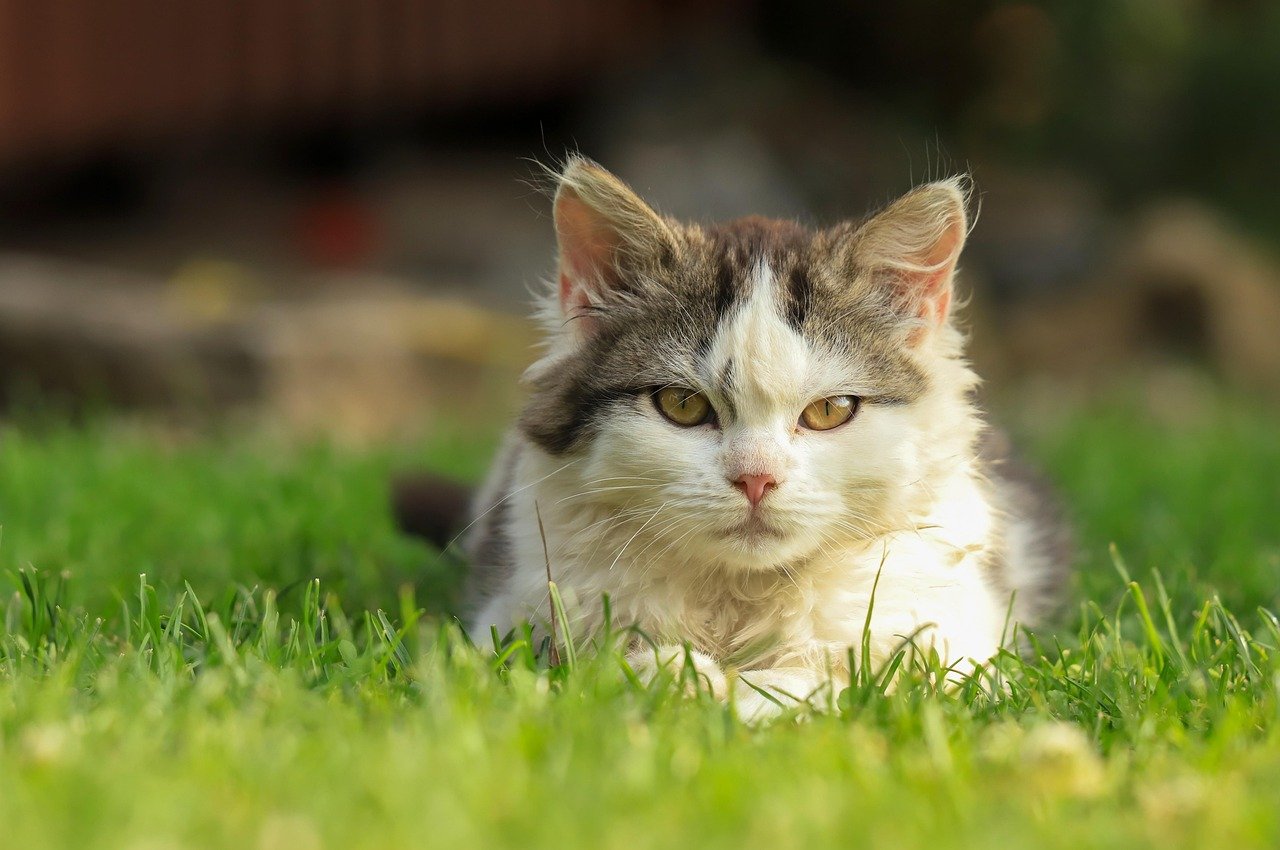
Before making any changes, consider if there are any underlying health issues that could affect your cat’s litter box habits. Conditions like urinary tract infections or arthritis can influence a cat’s ability to use the litter box comfortably. If you suspect any health concerns, consult with your veterinarian. Addressing these issues can make the transition smoother and more successful.
Introduce the New Setup During a Calm Period
Timing is everything when it comes to transitions. Introduce the new litter box setup during a calm period in your cat’s life. Avoid making changes during stressful times, such as moving to a new home or introducing a new pet. A stable and stress-free environment will help your cat feel more at ease with the new setup.
Allow Exploration Time
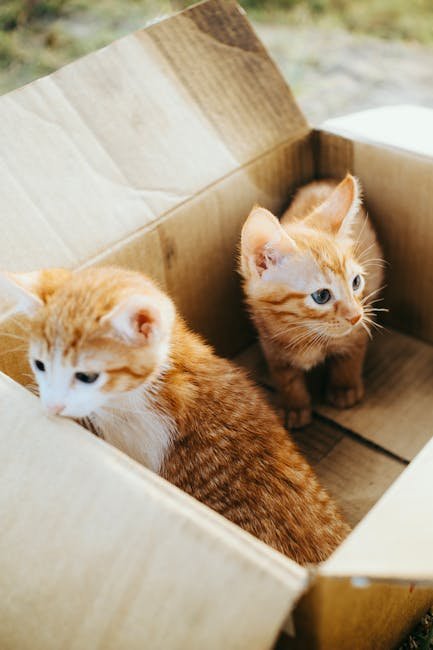
Give your cat ample time to explore the new litter box setup. Cats are naturally curious, and allowing them to investigate the new box at their own pace can help alleviate any anxiety. Avoid rushing the process, and let your cat become familiar with the new setup on their terms. This approach will foster a sense of security and confidence in using the new box.
Minimize Other Changes

While transitioning to a new litter box setup, try to minimize other changes in your cat’s environment. Consistency in their day-to-day life will help them adjust more easily. Keep their feeding schedule, playtime, and sleeping arrangements the same. Fewer changes mean less stress, making the transition to the new litter box more manageable.
Consider Multiple Boxes for Multi-Cat Households

If you have more than one cat, providing multiple litter boxes is essential. Cats can be territorial, and sharing a single box may lead to conflicts or litter box avoidance. A general rule is to have one litter box per cat, plus an additional one. This ensures that each cat has access to a clean box whenever they need it, reducing stress and promoting harmony.
Use High-Quality Litter Box Options

Invest in a high-quality litter box that suits your cat’s needs. Consider options with features like self-cleaning mechanisms or odor control systems. While these may be more expensive, they can provide a more pleasant experience for both you and your cat. A well-designed litter box will make the transition more appealing to your feline friend.
Create a Routine
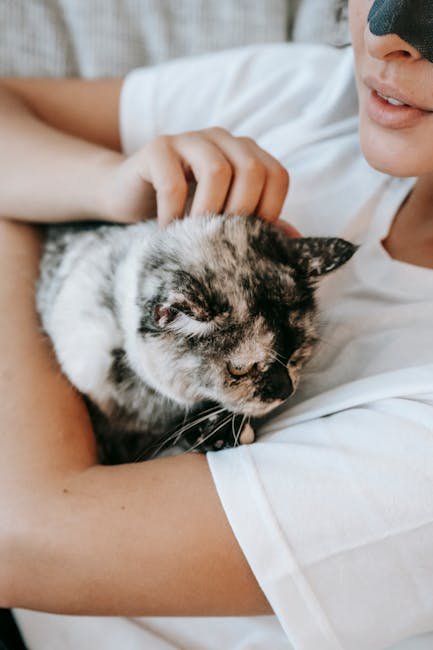
Establishing a routine can help your cat feel more comfortable with the new setup. Cats thrive on consistency, so try to maintain a regular schedule for cleaning and changing the litter. Predictability can reduce anxiety and encourage your cat to use the new box. A consistent routine will also help you monitor your cat’s habits and address any issues promptly.
Stay Patient and Supportive
Patience is key when helping your cat transition to a new litter box setup. Every cat is unique, and some may take longer to adjust than others. Be supportive and understanding throughout the process. Avoid scolding or punishing your cat for accidents, as this can create fear and resistance. With time, patience, and positive reinforcement, your cat will likely embrace the new setup.
Seek Professional Advice if Needed
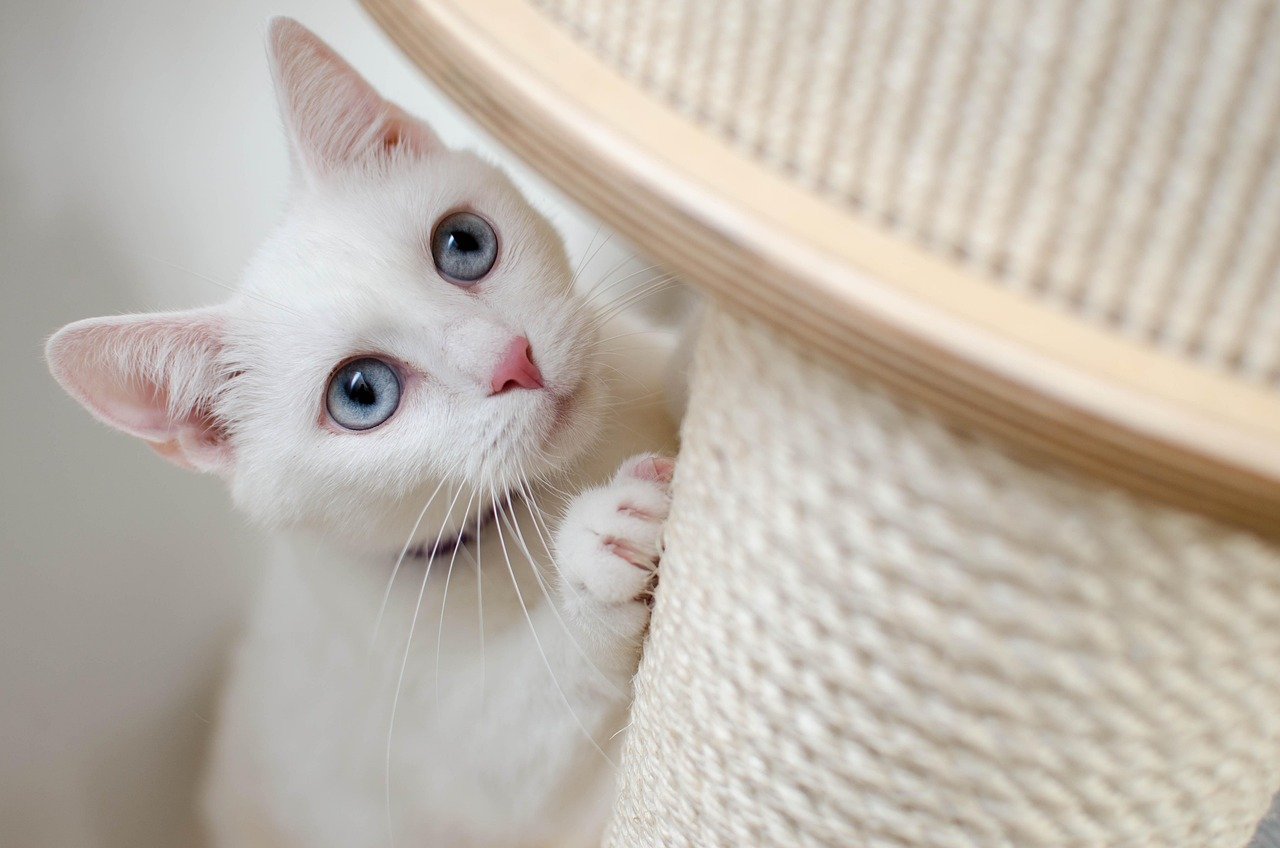
If you’re struggling to help your cat adjust to the new litter box setup, consider seeking professional advice. A veterinarian or a cat behaviorist can provide valuable insights and tailored strategies for your situation. Professional guidance can make a significant difference, ensuring a successful transition for both you and your cat.
Celebrate Success

Once your cat has successfully transitioned to the new litter box setup, take a moment to celebrate. Acknowledge the effort and patience required to achieve this milestone. Reward your cat with extra playtime, treats, or affection. Celebrating success reinforces the positive experience and strengthens the bond between you and your feline companion.
Hi, I’m Bola, a passionate writer and creative strategist with a knack for crafting compelling content that educates, inspires, and connects. Over the years, I’ve honed my skills across various writing fields, including content creation, copywriting, online course development, and video scriptwriting.
When I’m not at my desk, you’ll find me exploring new ideas, reading books, or brainstorming creative ways to solve challenges. I believe that words have the power to transform, and I’m here to help you leverage that power for success.
Thanks for stopping by, Keep coming to this website to checkout new articles form me. You’d always love it!






